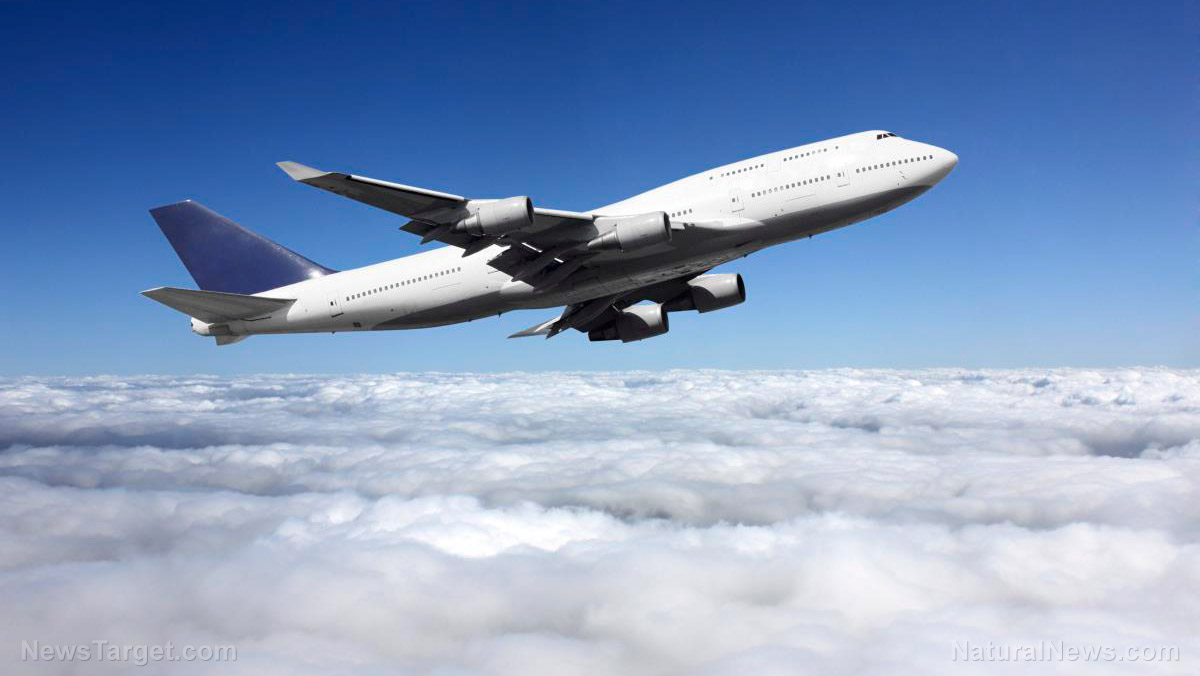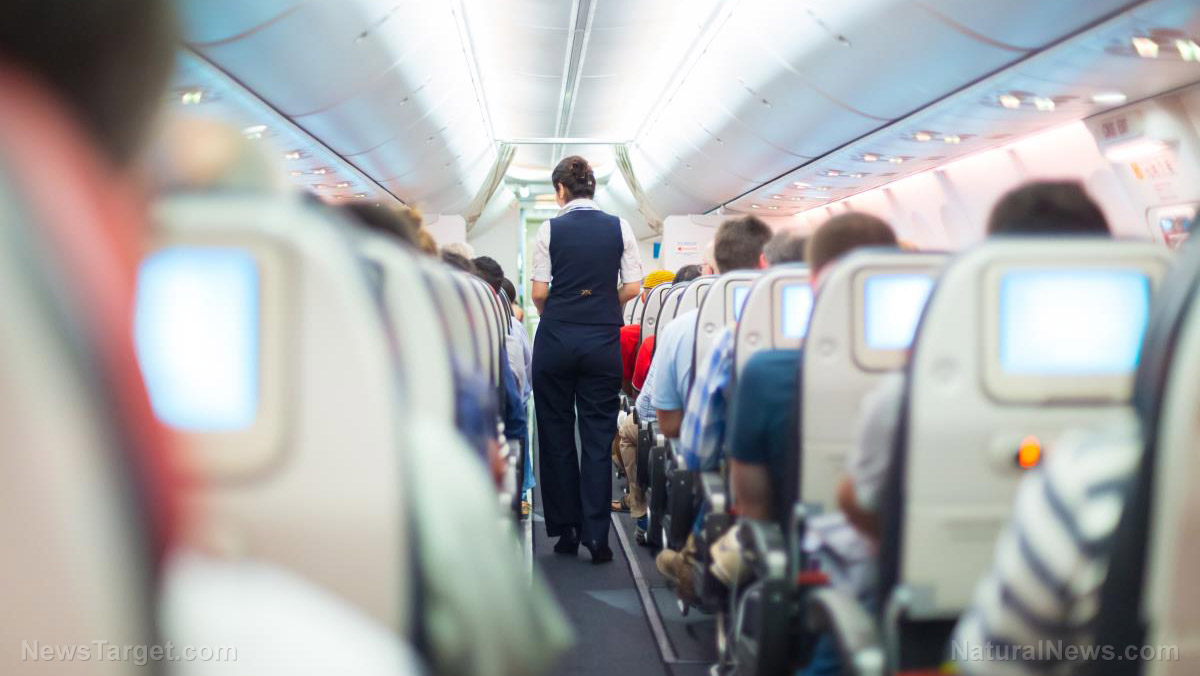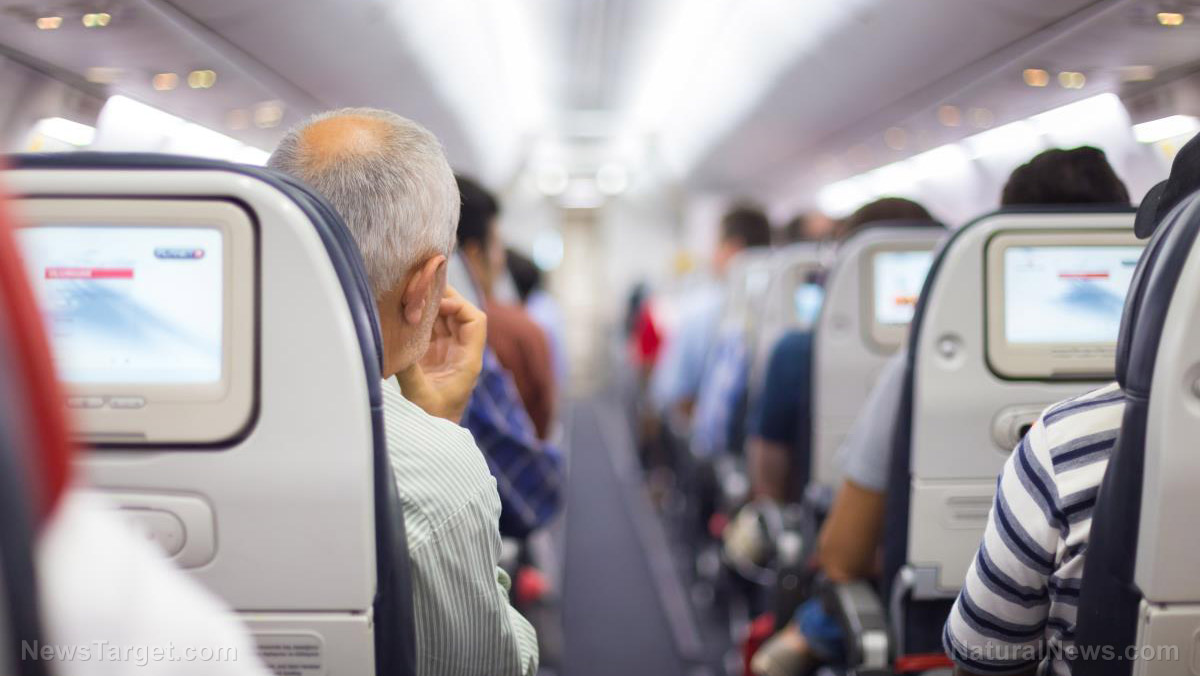
In a study involving more than 200 airplane crew members, led by the University of Stirling, a clear pattern of chronic, acute symptoms emerged that ranged from dizziness and headaches to vision problems and breathing difficulties. The researchers found a “clear cause-and-effect relationship” between the health problems and a poor aircraft design feature that enables the air supply to be contaminated by fluids like engine oils during the flight.
The problem arises in the way that air is drawn from plane engines before being mixed with the existing cabin air and then recirculated. The air drawn from the engine often contains toxic fumes developed by the friction between the engine’s moving parts and the oils used to lubricate them. Seals meant to minimize the problem often wear down and fail to do their job. The only current aircraft that does not use this method of supplying cabin air is the Boeing 787 Dreamliner, which instead relies on electric compressors to take air from the atmosphere.
The problematic chemicals in the air include organophosphates, which wreak havoc on nerve cell coatings and create diffuse symptoms in the nervous system. Organophosphates have been linked to increased mortality and complications like weakness, seizures and neuropathy. Exposure to these chemicals is also believed to increase the odds of suffering a cardiovascular event.
Passengers and crew at risk
Becoming ill after flying is so common that there is a name for it: Aerotoxic syndrome. This umbrella term refers to the problems like chronic fatigue and trouble with cognition, breathing and vision that emerge after flying. Some people experience this only temporarily, while others incur persistent neurological damage.
This is particularly risky for the flight crew, who are exposed to cabin air much more frequently than the general public. The researchers have called it a public health and occupational issue, and they also believe that passengers, particularly pregnant women, need to be aware of these dangers. The researchers are calling for this occupational disorder to gain official recognition and for a medical investigation protocol to be developed. In addition, a review that looked at oil leak incidents found that three-fourths led to adverse symptoms in crew members.
Not surprisingly, regulatory authorities deny that this problem exists, claiming a lack of evidence. Tell that to the countless pilots and flight attendants who have suffered adverse health from cabin air.
Last year, for example, 13 flight attendants required emergency care in Atlanta, where doctors found their problems were caused by toxic air. Another woman, Vanessa Woods, suffered permanent neurological issues from hydrocarbon exposure that doctors linked to her work as a flight attendant. In 2012, a British Airways co-pilot died after complaining of nausea and headaches that he believed were caused by cockpit fumes.
Making matters worse, people are hit with high amounts of EMF exposure on planes, thanks not only to the jet engine and communications sensors but also radar from the ground and other planes and the static electricity generated in the fuselage. Radiation measurements inside planes can exceed the EPA’s safe limit by as much as 100 times, with a flight of 3.5 hours at an altitude of 30,000 feet or more dosing passengers with more radiation than a chest X-ray.
While a system-wide reassessment of how cabin air is supplied is unlikely to be undertaken by cost-conscious airline executives, some campaigners have been trying – albeit unsuccessfully – to get airlines to install bleed air filters on planes to protect passengers and crew. It might be an additional expense, but killing your employees and passengers is simply bad business.
Sources:
Please contact us for more information.




















